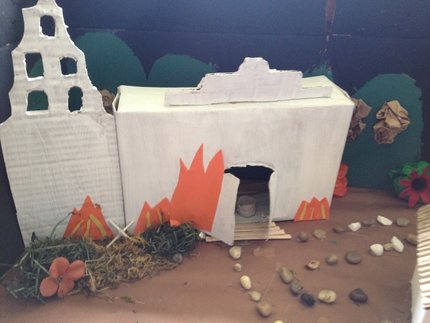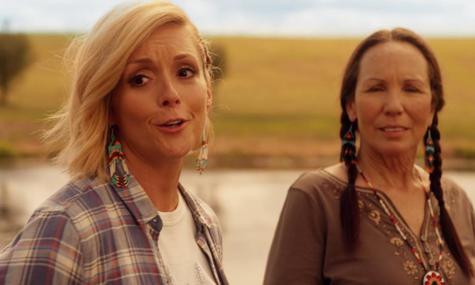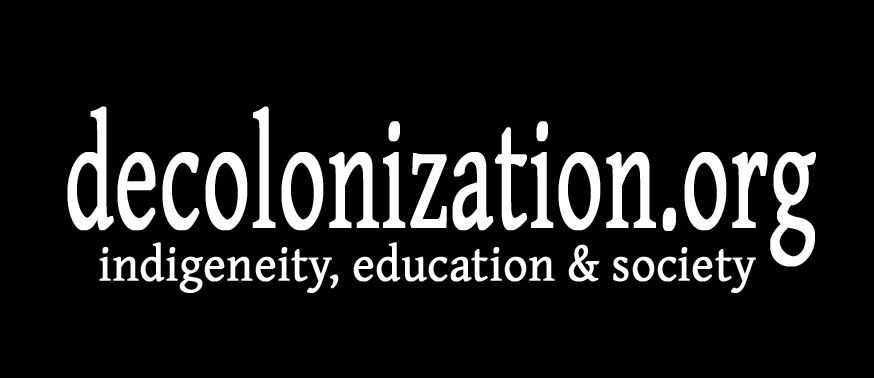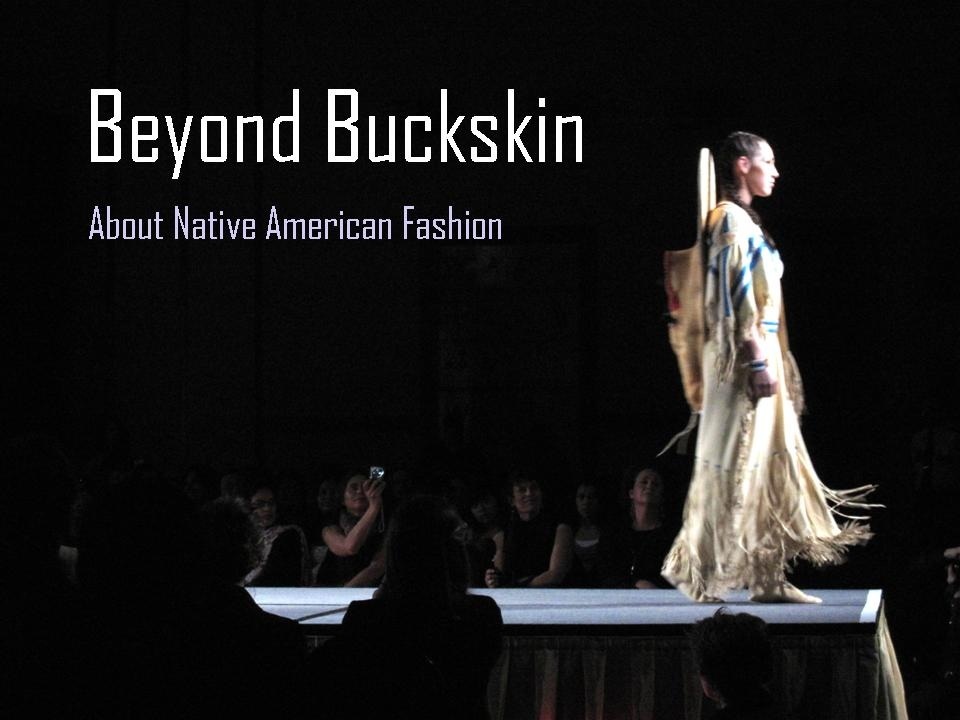|
See every year in California Fourth Graders (and their wary parents) are forced build and/or do some kind of California Mission Project. This is a part of the California class curriculum. In third grade you learn about the "prosperous gold rush" and in the fourth grade you learn about the so-called majestic, well-built and "history changing" missions. You know, where the Catholics showed up and were all "hey Indians, we want to teach you to garden!" The Mission History in California is very sanitized. It erases the incredible amount of violence that it took to re-make this state into "California." The Spanish didn't just send friendly Padres they also sent scores of soldiers. Junipero Serra (the "founding father" of the mission system) wasn't just writing about how much he liked to teach Indians how to "garden" he was also writing things like: That the spiritual fathers should punish their sons, the Indians, by blows appears to be as old as the conquest of these kingdoms (July 7, 1780). In both of these quotes Junipero Serra was talking about how much he felt justified in committing violence against Indian people. The first quote Serra was all "hey the Spanish were mean to Indians during conquest so we can be too." And in the second quote "Hey, I'm sending you these Indian runaways, make sure you whip them sometimes and also lock them up in shackles. If you don't have any we can send some!" Sure does sound like "gardening" is pretty high on that list huh? (Enforced gardening or required gardening or "unfree" gardening is also slavery FYI... historians). The narrative of the Missions as peaceful places where Friars and Native people lived together is so ubiquitous that it becomes part of the California identity. Our mission projects must show how "important" missions are to the history of California. <--- This is the Michaels "Mission Kit" which you can go to the store and buy and then force your children to put together a mission with these cute little Indian figures and Padre figures. But you can't buy a cat-o-nine tails (a whipping instrument that had nine ropes coming off of it that they would sometimes tie little metal balls to the end of so they could beat Native American people with it) or shackles. And no kit comes complete with the dormitories where they used to force Indian women and children to sleep at night, locked up, without a bathroom and which visiting explorers would describe as having the "foulest stench." Here is an example of some Mission Project that I found online. Please note: I would never poke fun at these children who are obviously very sincere in their effort to complete this project. Instead, please pay attention to the types of information that they are asked to include in their mission project and the way they talk about the mission system.  From Facebook (Ral Christman) From Facebook (Ral Christman) I knew my daughter would face the dreaded California Mission Project once she hit the 4th grade. And that was this year. The plan was to have her do the San Diego Mission. We'd planned for her to build it, and then set it on fire and then turn that in so that she could tell the story of the Kumeyaay Revolt. Unfortunately she was not able to actually set the thing on fire, so instead she put flames on the structure and wrote her report specifically about the revolt. Questions that my daughter had as part of her project were things like "how did the Spanish influence the structure of the Mission?" and "Why is the mission important to California history?" She, in particular, commented to me that her friends were mostly writing "positive" things about the mission, and she really couldn't understand why. In my talks I often have people point out to me that teaching the "real" history of the Spanish Missions couldn't happen in the 4th grade. Children, they say, would not be able to handle "real" facts about the mission system. And I usually counter with "do you know who mostly grows up knowing this history from the very beginning of their lives? Native children. So which children are you trying to protect? There is a way to show children a more nuanced history, a history that doesn't erase Native people or make them in to passive parts of the story. I have done it with my own daughter her whole life." But I thought what better way to show what a 4th grade project should look like when it talks about Native survivance and resilience and when it refuses to silence Native resistance then to share my daughter's report. I present for your reading pleasure Arya Barya's mission report. #RewriteAndRerightHistory San Diego Mission & Kumeyaay Revolt |
SubscribeClick to
AuthorCutcha Risling Baldy is an Associate Professor and Department Chair of Native American Studies at Humboldt State University. She received her PhD in Native American Studies from the University of California, Davis. She is also a writer, mother, volunteer Executive Director for the Native Women's Collective and is currently re-watching My Name is Earl... (5) Top PostsOn telling Native people to just "get over it" or why I teach about the Walking Dead in my Native Studies classes... *Spoiler Alert!*
Hokay -- In which I lead a presentation on what happens when you Google "Native American Women" and critically analyze the images or "Hupas be like dang where'd you get that dentalium cape girl? Showing off all your money! PS: Suck it Victorias Secret"
In which we establish that there was a genocide against Native Americans, yes there was, it was genocide, yes or this is why I teach Native Studies part 3 million
5 Reasons I Wear "Indian" Jewelry or Hupas...we been bling-blingin' since Year 1
Pope Francis decides to make Father Junipero Serra a saint or In Which I Tell Pope Francis he needs to take a Native Studies class like stat
I need to read more Native blogs!A few that I read...
Archives
June 2020
Categories
All
|









 RSS Feed
RSS Feed
